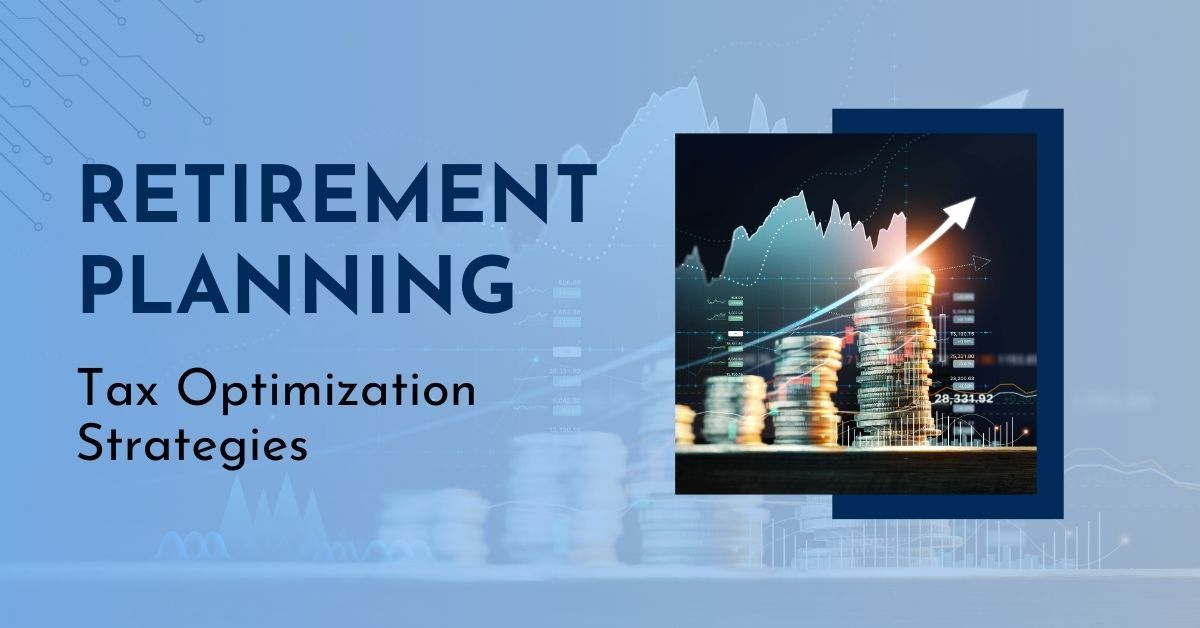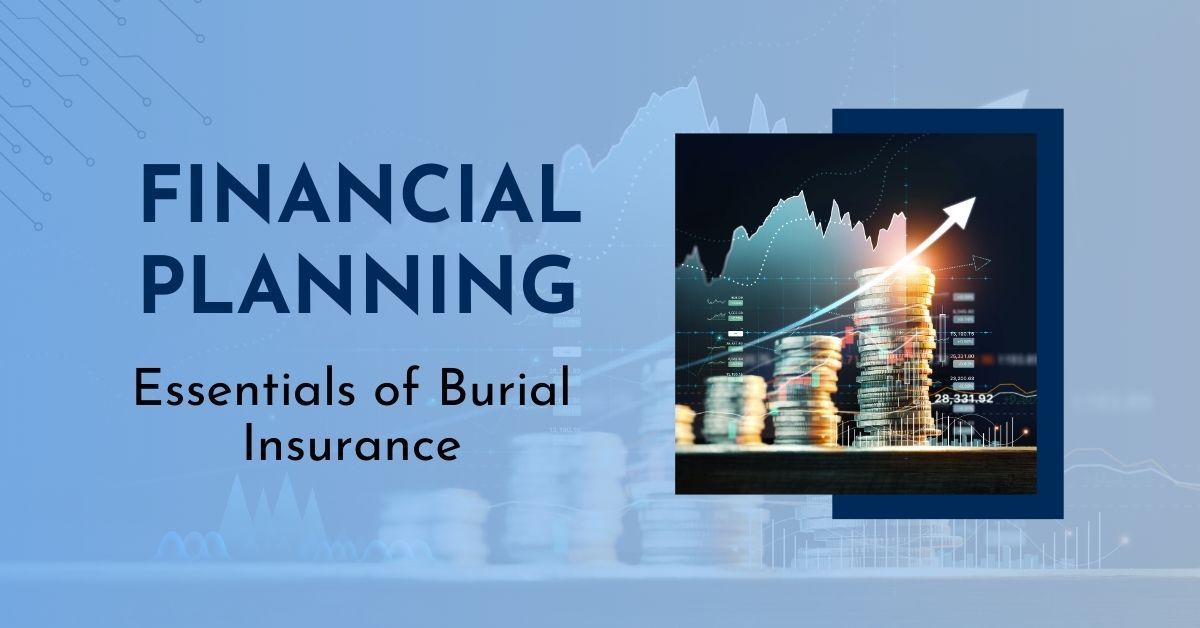Factors to Consider When Planning for Retirement

Life is a matter of choices and decisions we make. Planning for retirement is one of the most important financial decisions you’ll make in your lifetime.
Think of retirement planning as preparing for a long journey. It’s not just about saving money—it’s about making sure you’re ready for your golden years.

Let's say you dream of traveling the world. Your retirement plan should include extra funds for those adventures.
Besides having retirement savings, investment strategies can help your money grow. Employer contributions or benefits can also maximize what you set aside for the future.
The key to a more secure retirement is understanding these factors that influence your financial planning. Consider your retirement goals, income needs, and potential healthcare costs.
In this guide, we’ll explore the key factors and building blocks to creating a retirement strategy. Let’s dive right in!
Key Takeaways
- Start with clear goals and understand your income needs.
- Having accurate retirement spending goals will make the retirement planning process easier.
- Use investment strategies and maximize benefits to grow your savings.
- Include healthcare and long-term care expenses in your retirement plan.
Retirement Goals and Needs

When you're thinking about retirement, start by asking yourself a few questions.
- What's your current age and at what age do you want to retire?
- What are your retirement goals?
- What do you want to do during retirement?
- How much will your monthly fixed expenses be in retirement?
- What healthcare costs do you expect later in retirement?
- Do you have investments and other sources of income?
These questions will guide you in making better choices for a more comfortable retirement.
Setting Clear Retirement Goals
No matter what stage of life you’re in, goals provide a sense of direction and purpose.
Imagine what you want your retirement to look like. Do you want to travel to different countries? Spend more time with family? Pursue old and new hobbies? Each of these goals will affect your retirement spending needs and how much money you'll need after your working years.
If travel is part of your retirement goals, you'll need a bigger savings cushion. Think about your lifestyle choices and current financial situation. Make a list of your short-term and long-term goals to visualize them better.
It's also important to consider your life expectancy. This refers to how long a person is likely to live based on health, lifestyle, and other factors. In 2022, the Centers for Disease Control and Prevention (CDC) estimated life expectancy was 77.5 years.
Longer life expectancy means you’ll need more savings to ensure financial security. The average person needs to plan for at least 20 years of retirement. Don’t forget to include your current life expectancy projections in your goals.
Estimating Your Retirement Income Needs
Next, calculate how much monthly income you will need each year of retirement. Start by looking at your current expenses, both fixed and fluctuating costs.
Your monthly expenses include housing, utilities, groceries, healthcare, and other fixed costs. The next step is to adjust your living expenses for inflation.
If your current monthly expenses are $4,000 and you plan to retire in 20 years - considering that the average annual inflation rate is 3%, your monthly expenses in retirement would be approximately $7,224.
After calculating expenses, you need to determine your income sources.
For many retirees, Social Security is the primary income stream. Factor in any Social Security benefits you’ll receive and estimate how much they’ll cover. Then consider other income sources like pensions or retirement accounts.
For a comfortable retirement, aim to replace about 70%-80% of your pre-retirement income. List your expected income sources and compare them to your estimated needs. Accurate estimates of expenses are vital for maintaining a sustainable retirement portfolio. This will help you see if you need to save more or adjust your retirement plan.
Retirement Savings and Investments

To build a better retirement, you need to understand the key principles behind investment strategies. These include choosing the right mix of retirement investments, leveraging the power of compounding, and managing risk with age-appropriate investments.
Diversifying Your Investment Portfolio
Diversification means not putting all your eggs in one basket. This is the golden rule of investing—spread your investments across asset classes.
When you mix stocks with mutual funds, you’ll have a more balanced portfolio. This way, if one investment takes a hit, others might balance out your losses. This approach helps manage market ups and protect your portfolio from extreme fluctuations.
Understanding the Power of Compounding
Compounding is all about making your money work for you over time. This concept involves earning returns on both your initial investment and the interest generated. The sooner you start, the more time your money can grow.
Imagine you start investing $10,000 at age 25 with an average annual return of 6%. Your money can grow to about $102,857 by age 65. This growth happens because you earn interest on your interest, not just your original investment.
To maximize compounding benefits, consistently contribute to your 401(k) or IRA. Even small amounts add up, especially with employer-matching contributions. If you want to stay on track with your monthly contributions, use automatic paycheck deductions.
Managing Risk with Age-Appropriate Investments
As you get closer to your retirement years, consider adjusting your investment strategy to minimize risk. Depending on your age and the years until you retire, the recommended asset allocation varies.
Younger investors can afford more exposure to stocks, which offer higher growth potential but also higher volatility. If you’re getting closer to retirement, shifting more assets toward stable investments can protect your savings.
Let’s say you’re an employee at age 30. you might have 80% of your portfolio in stocks and 20% in bonds. By age 60, it’s best to shift to 40% stocks and 60% bonds.
Investment Strategies by Age Group
Growth-Focused: Your 20s and 30s
- Risk Tolerance: With a longer time horizon, there’s room for more aggressive investing.
- Investment Vehicles: Riskier investments like stocks and mutual funds/ETFs.
- Retirement Accounts: Maximum contributions to 401(k)s, IRAs, and other retirement accounts.
- Diversification: A mix of large-cap, mid-cap, and small-cap stocks.
Growth and Stability: Your 40s and 50s
- Risk Tolerance: Moderate risk tolerance, balancing between growth and risk reduction.
- Investment Vehicles: Shift from stocks to bonds and real estate to diversify.
- Retirement Accounts: Focus on continued retirement savings catch-up contributions if available.
Full Retirement Age: Your 60s and Beyond
- Risk Tolerance: Low risk tolerance to preserve capital and generate income.
- Investment Vehicles: Bonds, fixed-income investments, and stocks that provide dividend income
- Withdrawal Strategy: Use the “4% withdrawal rate.” This rule suggests that you withdraw 4% of your retirement savings annually.
Retirement Contributions and Benefits

To make the most of your retirement savings, start by leveraging employer-sponsored plans and taking advantage of catch-up contributions. Here are some key strategies to apply in your retirement plan:
Leveraging Employer-Sponsored Plans
Employer-sponsored plans like 401(k) and 403(b) are great for building your retirement savings. For example, 401(k) contributions are often made pre-tax, which reduces your taxable income for the year.
Many employers also provide matching contributions. This means they'll match a portion of what you contribute, sometimes up to a certain percentage of your salary. Maximize this benefit by contributing at least enough to get the full employer match. It’s essentially extra money for your retirement.
If your employer matches 50% of your contributions up to 6% of your salary and you earn $50,000 a year, contributing $3,000 to your 401(k) means your employer will add an extra $1,500.
If you're a public school employee or a non-profit worker, you might have access to similar benefits of 403(b) plans. Regularly contribute to these plans to maximize your nest egg. Consulting a Certified Financial Planner™ can provide personalized advice and help you maximize your retirement contributions.
Taking Advantage of Catch-Up Contributions
Once you hit 50, you can make catch-up contributions to your 401(k) or 403(b) plan. Catch-up contributions are useful if you want to boost your retirement savings.
Catch-up contributions have the same tax advantages as regular savings. For 2024, the Internal Revenue Service (IRS) allows you to deposit an extra $7,500 into your account.
Let’s say you’re 52 and contributing the maximum $22,500 to your 401(k) this year. Taking advantage of the $7,500 catch-up contribution lets you save a total of $30,000.
In addition, those 55 and older can also make catch-up contributions to Health Savings Accounts (HSAs). This high-deductible health plan offers triple tax advantages:
- Tax-deductible contributions
- Tax-free interests and earnings
- Tax-free withdrawals for healthcare expenses
Healthcare and Long-Term Care Costs

The older you get, the higher your risk of developing health concerns. Common conditions in older age include hearing loss, cataracts, and other health issues.
That’s why you should consider healthcare and long-term care expenses during the retirement planning process.
Understanding Medicare and Supplemental Policies
Medicare provides healthcare coverage for those over 65. However, there are gaps in what it covers. For example, Medicare Part A covers hospitalization but not all hospital costs. Medicare Part B covers doctor's visits but not all outpatient costs. It's important to know what Medicare covers to avoid unexpected expenses.
To fill these gaps, many people opt for supplemental policies or Medigap plans. These policies help pay for out-of-pocket expenses that Medicare doesn’t cover. These include copayments, coinsurance, and deductibles.
When considering a Medigap policy, look at the different plans available and evaluate their costs and benefits.
Evaluating Long-Term Care Insurance Options
The need for long-term care is increasing significantly for seniors. That’s why long-term care insurance (LTC) is such an important consideration.
Long-term care insurance covers costs for services like nursing home care, home health care, and assisted living. These services are not typically covered by standard health insurance or Medicare.
When evaluating LTC options, consider the different types of policies available. Policies vary in terms of coverage, such as how long they pay benefits and what type of care they cover.
You might also want to consider income tax implications when planning for these expenses. Some long-term care expenses may be tax-deductible, and certain types of insurance policies can offer tax benefits. Understanding these implications can help optimize your financial strategy for healthcare in retirement.
It’s also important to evaluate the cost of premiums against potential benefits. For instance, a policy that covers nursing home care for up to five years can be very costly but might be necessary.
You may look into these policies early, as premiums are generally lower if purchased at a younger age. Discuss your options with a financial advisor like Leonard Financial Solutions to find the best plan for your healthcare needs.
Estate Planning and Wealth Transfer

Thinking about estate planning and wealth transfer is essential to protect your assets and ensure your loved ones are taken care of. Here are the important steps in estate planning:
Creating a Will and Trusts
A will is vital for outlining how you want your estate handled. This document lets you name beneficiaries, guardians for minor children, and an executor to carry out your wishes.
On the other hand, trusts allow you to set conditions for asset distribution. This process helps manage large estates and achieve specific financial goals.
Trusts can also help minimize estate taxes and avoid the probate process.
For example, a living trust can take effect while you're still alive and distribute assets right after your death without court interference. Proper estate planning helps ensure a smoother transfer of your wealth.
Planning Efficient Wealth Transfer Strategies
Good strategies for transferring wealth can impact how much of your estate your heirs receive. One key part is knowing the required minimum distribution (RMD) rules for retirement accounts. These RMD rules determine how much you must withdraw yearly from a certain age, which can affect your taxes.
Gifting is another strategy for wealth transfer. You can annually gift a certain amount to family members without incurring gift taxes. Using trusts, like revocable and irrevocable trusts, can help cut taxes and shield your assets from inflation. By addressing these elements, you help ensure that you achieve your financial goals and that your heirs benefit from your retirement planning.
Let’s Map Out Your Dream Retirement
We know that you worked hard throughout your career. That’s why your golden years deserve comfort and joy. Here at Leonard Financial Solutions, we can help you plan for and live out the retirement you’ve always imagined.
Our Moorestown team offers a comprehensive range of retirement planning services that are tailored to you. Partnering with us means you get a free initial consultation, a tailored retirement plan, and ongoing support and guidance on your retirement journey.
We help people take control of their financial future. Together, we can create a clear roadmap toward a stress-free and comfortable retirement. Book your no-cost consultation today!
Get a Free Consultation
At Leonard Financial Solutions, we're committed to making your financial planning straightforward and stress-free.
Contact us today to see how we can help you save time and money while securing your future.










